Between 20 and 40 percent of homeless youth in America identify within the LGBTQ spectrum, according to the Williams Institute. This is comparatively higher than the population of LGBTQ youth in America, which makes up less than 10 percent.
There are 15,000 reported homeless youth in Chicago, 3,000 of which identify as LGBTQ, according to the Gay and Lesbian Task Force.
Homeless youth are generally identified as unaccompanied young people ages 12-24. The National Alliance to End Homelessness categorizes youth homelessness in four different ways: runaways, transitory or episodic, unaccompanied youth hopping from shelter to shelter and street dependent youth.
The most common cause of youth homelessness is family conflict. This is the same for LGBTQ youth, but the conflict arises over their sexuality or gender identity as opposed to the conflicts other minors would experience. More and more members of the LGBTQ community are coming out, and at younger ages than ever before. But with this cultural shift comes the possibility for backlash from parents, often leaving them without shelter or guardians.
Other causes of LGBTQ youth homelessness include being forced out of the home, physical, emotional, or sexual abuse at home, aging out of the foster care system as well as financial or emotional neglect from parents, according to the Williams Institute.
There is a documented need for housing for homeless youth in Chicago, which has approximately 119 temporary, transitional and permanent beds, as well as 24 interim beds for minors, according to the Lakeview Action Coalition.
Because of this lack of housing, homeless youth are forced onto the streets. This is especially dangerous for LGBTQ youth as they’re twice as likely to be physically assaulted, according to the Human Rights Campaign.
“I do believe there needs to be a shelter reform of some sort,” said Katie Scheuber, a filmmaker currently working on a feature length documentary on Chicago homelessness called “Resilience.”
“Many women are scared to stay in shelters and would rather sleep on the streets or on the ‘L’ said Scheuber. While Scheuber focuses primarily on homeless women and children, this premise can be applied to LGBTQ youth. Many feel scared of shelters, especially when they are not specifically LGBTQ, and often prefer living off the streets.
Another common cause of homelessness in LGBTQ youth is overt discrimination when trying to find alternative housing, according to the National Coalition for the Homeless. Federally funded institutions often discriminate against LGBTQ homeless youth and have contributed to the growing rate of homelessness in these communities.
Currently, there are no programs in place to prevent discrimination within federally funded homeless shelters. There are also no federal programs designed specifically for LGBTQ homeless youth within these shelters.
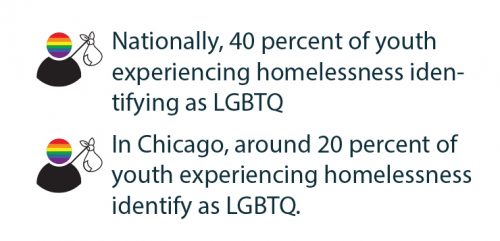 Transgender youth often face other challenges when trying to get housing. Either most facilities don’t recognize transgender identities, or they require transgender youth to identify with their biological sex in order to secure shelter. Because of this, many choose not to utilize the few shelters that do exist out of fear.
Transgender youth often face other challenges when trying to get housing. Either most facilities don’t recognize transgender identities, or they require transgender youth to identify with their biological sex in order to secure shelter. Because of this, many choose not to utilize the few shelters that do exist out of fear.
“LGBTQ youth experiencing homelessness are at an increased risk for violence from other shelter residents, strangers on the street and police,” said Project Fierce Chicago in a press release. “They experienced violence, theft, homophobia and being banned from service organizations. Trauma caused by institutional and interpersonal violence places these young people at a higher risk of substance dependence, mental health challenges and suicide.”
The True Colors Fund reported that 99 percent of service providers have worked with LGBTQ youth in some way, dispelling the myth that LGBTQ youth can only receive care from LGBTQ specific agencies. However, LGBTQ homeless youth often have different needs than other homeless youth, and these agencies must be able to provide for them.
Care for homeless youth can vary from person to person, especially within the LGBTQ spectrum. Housing remains the top priority for all LGBTQ youth, hovering at around 26 to 28 percent, according to the True Colors Fund. Those priorities change when you compare lesbian, gay and bisexual youth to transgender youth.
The next highest priority for lesbian, gay and bisexual youth is acceptance and emotional support, at 19 percent. Often this demands sexuality-related therapy and mental health care that they would not get in their own homes. For transgender youth, it’s transition-related support. This could mean anything from access to hormones as well as legal support, such as name changes and gender marker changes that are financially unavailable to them.
Over half of LGBTQ homeless clients suffered from family rejection or family abuse, according to the Williams Institute, but 40 percent of shelters don’t address family issues in their programs. However, agencies are more likely to conduct family centered programs for LGBTQ youth if they are under 18.
These agencies cited lack of private funding and government foundation as the principal barrier to providing much needed services and programs for homeless LGBTQ youth.
“It’s a solid mix of both a lack of resources and funding,” Scheuber said.“I believe this happened a few years ago, and I’m unsure about the status of it now, but Rauner cut funding for many resources such as DCFS, which could contribute to youth homelessness. Without the power of these resources, we don’t have a strong enough backbone to take care of those who need us.”
The Department of Children and Family Services (DCFS), went through a much needed overhaul in early 2016 since facing budget cuts years prior. But lack of federal funding and government assistance are large causes of the rise of homelessness among young LGBTQ people.
Project Fierce Chicago, a grassroots LGBTQ organization, is dedicated to utilizing resources within the community instead of relying on government.
In attempts to fight the growing rate of LGBTQ youth homelessness, many sanctuaries and shelters are opening or expanding all around Chicago.
Howard Brown Health is a non-profit LGBTQ health organization in Chicago that has recently expanded their youth program, the Broadway Youth Center.
The center was out of a permanent residence since outgrowing their space in Lakeview in late 2012. They spent the last few years leasing, most recently at the Wellington United Church of Christ, 615 W. Wellington Ave. The center now permanently operates at 4009 N. Broadway in Buena Park, as of February 2017.
Project Fierce Chicago is a collective of social workers, advocates and community members that recently secured a space in North Lawndale. The transitional space was purchased in August 2015 and is currently being renovated. The space plans to open up this fall to house 10-12 LGBTQ young adults.
The home will provide LGBTQ housing in the Southwest Side, which has comparatively fewer LGBTQ resources than the North Side.
“With most services for the LGBTQ community concentrated on the North Side, many young people have to travel outside for their community to access services in neighborhoods that are not always safe for LGBTQ youth of color and youth experiencing homelessness,” said Project Fierce Chicago in their press release.
This speaks to the access to LGBTQ youth housing among racial minorities. According to the National Alliance to End Homelessness, LGBTQ homeless youth are disproportionately African American or American Indian. A small survey conducted in Boystown by the Windy City Times identified that 81 percent of the homeless LGBTQ youth they found identified as a person of color, 12 percent identified as transgender of genderqueer, 46 percent were not in school, and 81 percent were unemployed.
The Puerto Rican Cultural Center has a transitional living program for LGBTQ youth called El Rescate. The transition center aims to give educational and employment resources to homeless youth, as well as specialized HIV prevention services. In the 2015-2016 program, El Rescate provided services to 62 LGBTQ youth in the Midwest.
El Rescate, along with the other primary LGBTQ homeless youth shelters and sanctuaries in Chicago are committed to not only house these youth, but to help them get the skills they need to transition back into the world.
The National Alliance to End Homelessness cited the most common reasons homeless youth stay homeless to the lack of affordable housing, incomplete education, inaccessible job market, and drug addiction.
22 percent of El Rescate’s residents in the 2015-2016 year continued education or obtained trade trainings, 35 percent secured full time or part time employment, and 16 percent did both. 14 percent of residents transitioned out to independent housing.
There are not nearly enough beds for the LGBTQ youth homeless population in Chicago, let alone the youth homeless population at large. However, there is a move to create more spaces for LGBTQ homeless youth in all areas of the city. More LGBTQ shelters are being built, or expanded to house more youth, and general shelters have the ability to house these youth with reform within their systems.



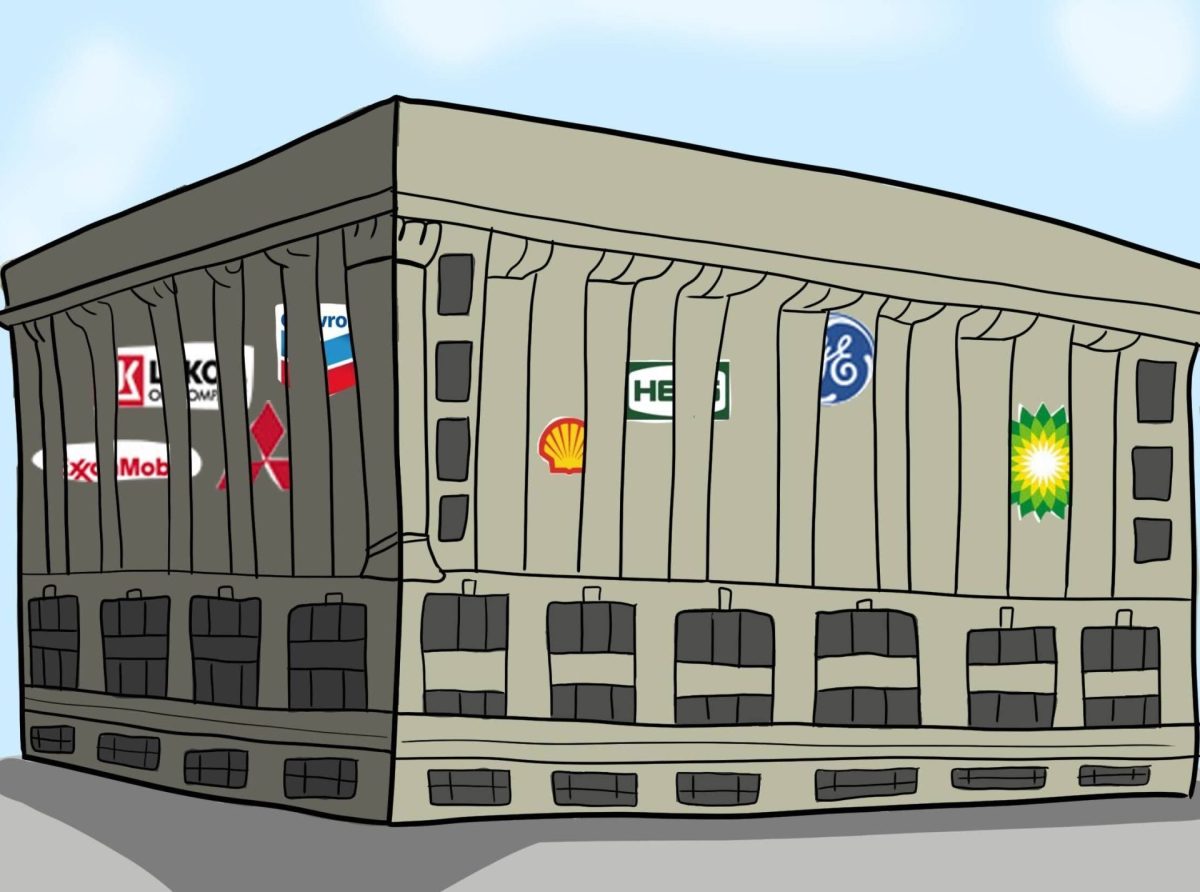
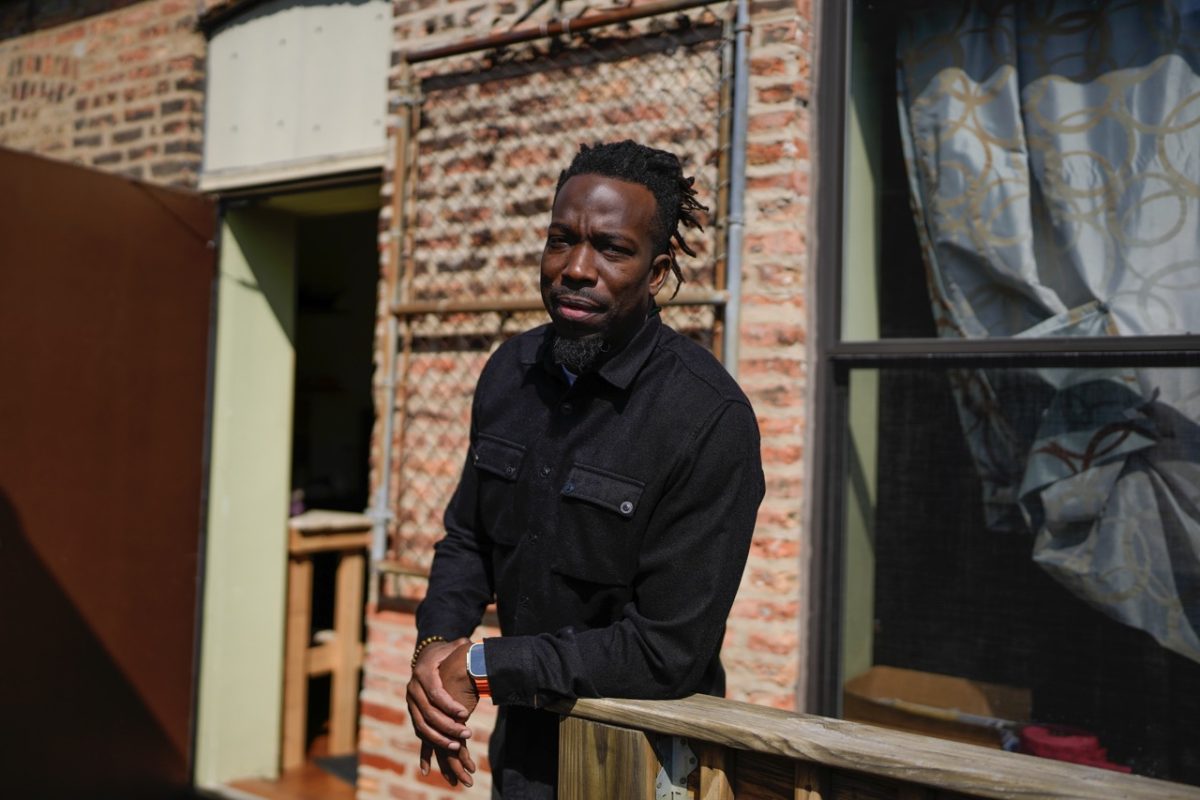
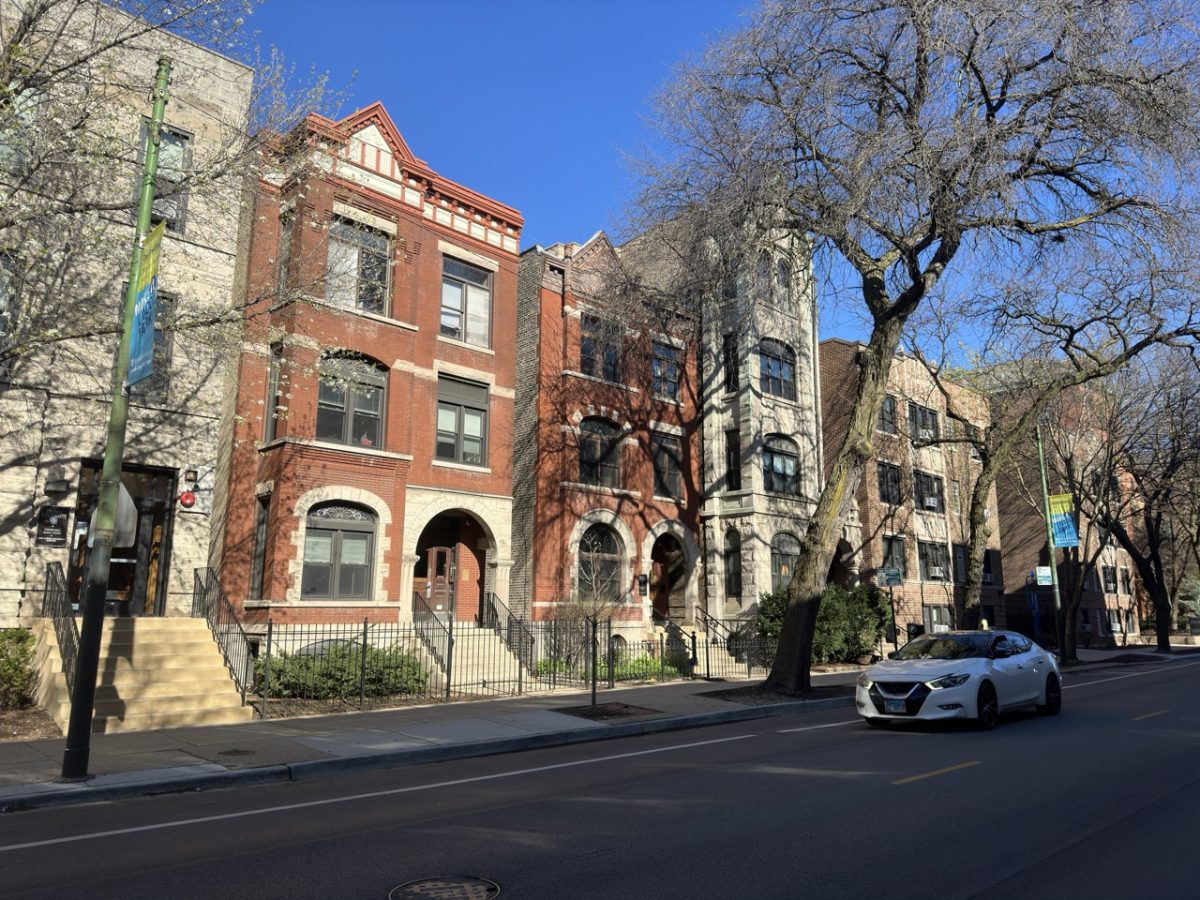

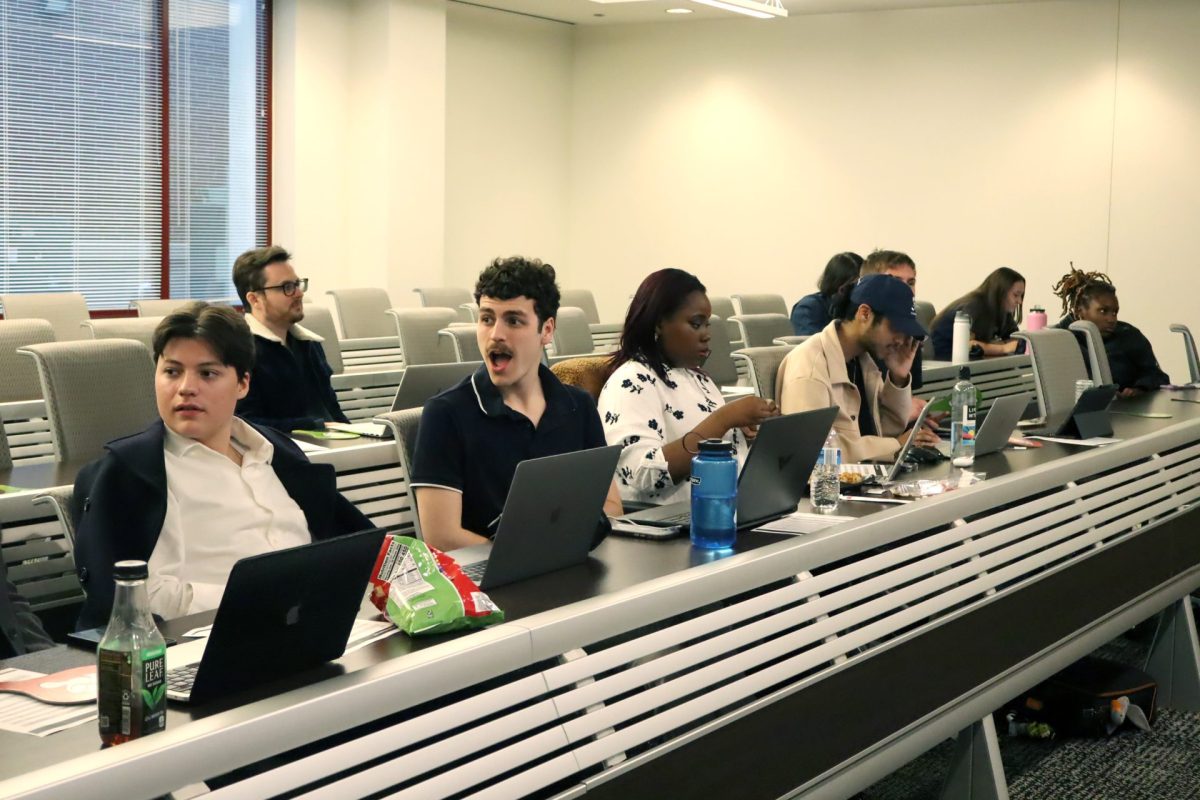
Robert Stephen Moore • Apr 3, 2018 at 4:09 pm
I can really empathize with homeless youth, having spent nearly an entire year homeless, myself. I am at work forming a 501 (c)(3) called the M T Ness Foundation to help alleviate the suffering that homeless youth, particularly LGBTQ homeless youth endure on a daily basis. I plan on working with Project Fierce, the Center on Halsted, and others to help the homeless youth in Chicagoland. Everyone will be hearing a lot more from me as I build the foundation and gain support. Thanks!